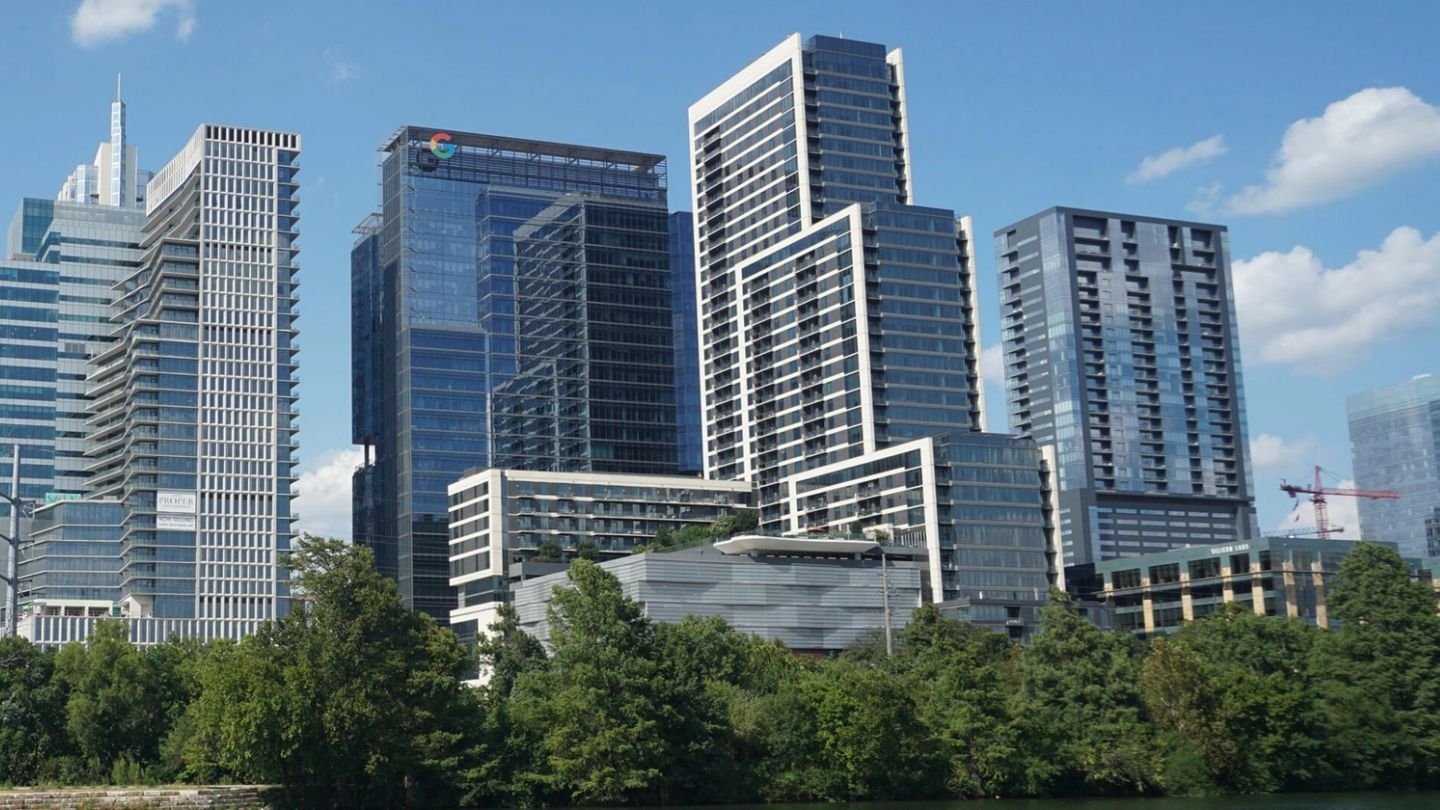
Members -- 14 hours ago

Words: Zoe Dickens
America’s deep south might not be the first location that springs to mind when you hear the phrase ‘start-up’ but, if a recent influx of capital investment is anything to go by, you’d be wrong. Over the past few years Austin, Texas has emerged as a viable contender to the tech powerhouse that is Silicon Valley – and the new normal created by the coronavirus pandemic has only served to accelerate its growth.
Discover the perks of being a member
| Clubhouse Membership | |
|---|---|
| Quarterly MagazineDelivered to your door | |
| Unlock DigitalAccess to all member-only online features | |
| Exclusive Interviews and FeaturesIn-depth stories and insights. | |
| Membership Cardto redeem all the perks. | |
| Members Invites to private Clubhouse events | |
| Weekly newsletter Straight to your inbox | |
To receive the latest in style, watches, cars and luxury news, plus receive great offers from the world’s greatest brands every Friday.
